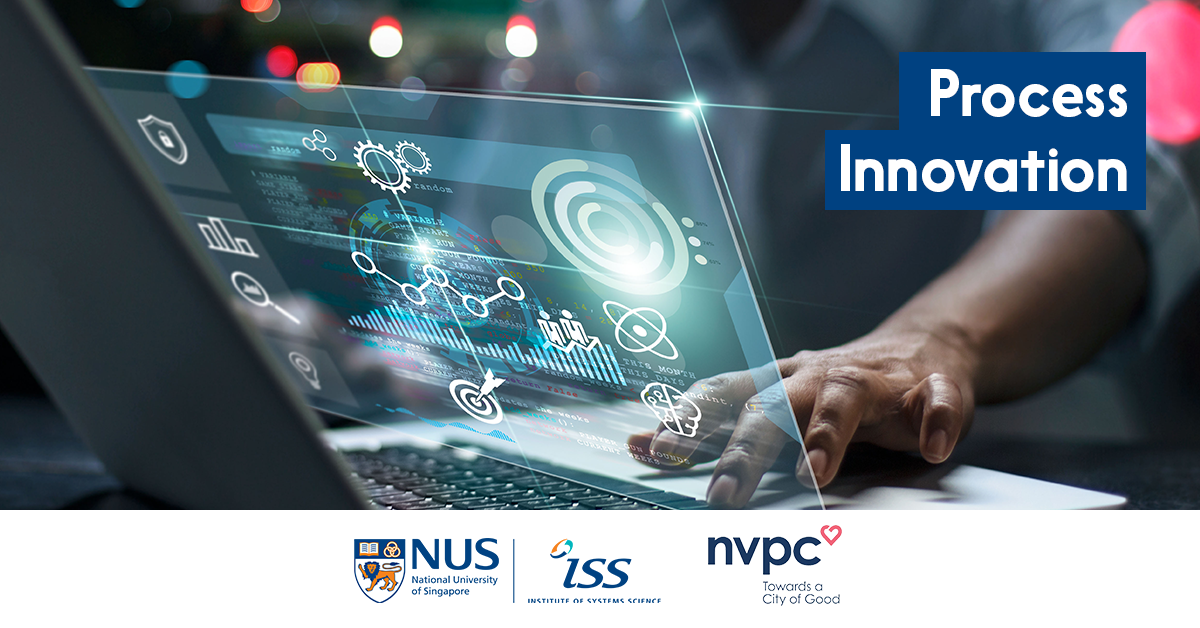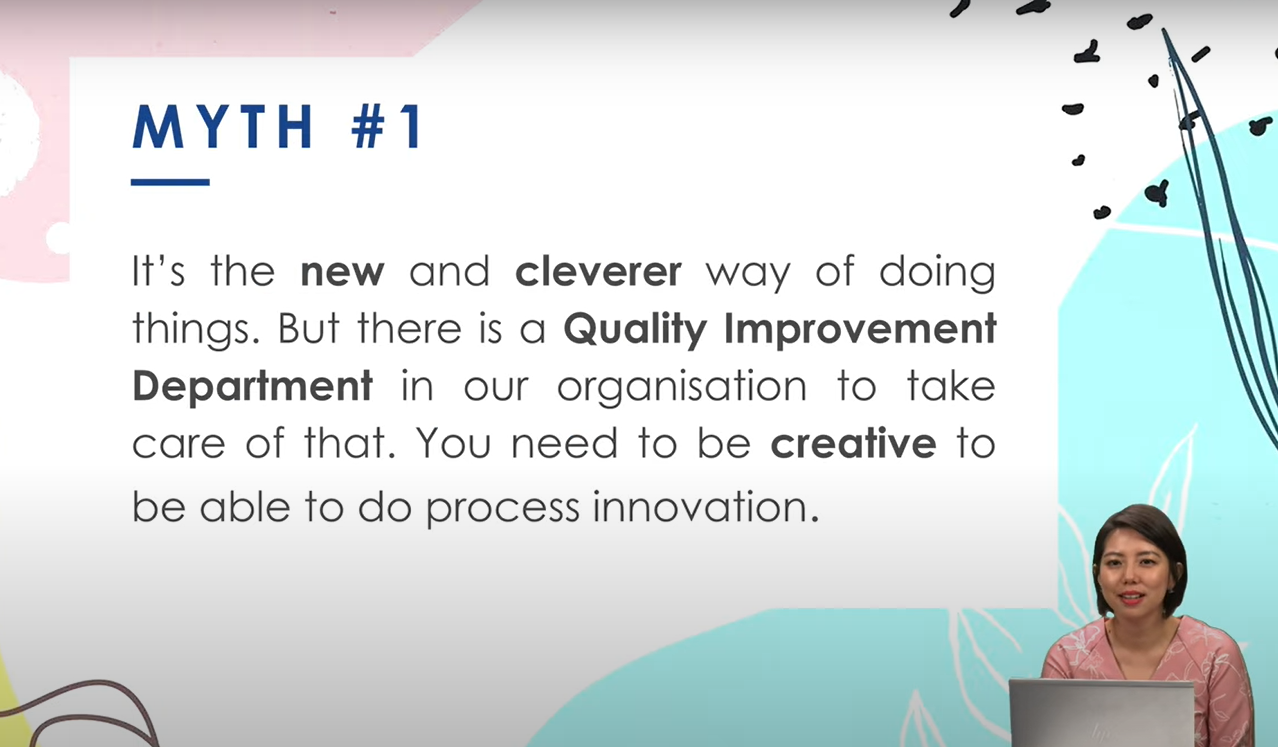.jpg?sfvrsn=4f16b85f_0)
Technology has drastically transformed our daily lives and the way we work, with a global pandemic in the last two years accelerating digital transformation at an unprecedented speed. However, in industries that involve the human element – such as healthcare – digitalisation continues to spark much debate.
In their vulnerable state, patients find comfort in face-to-face interaction, a prayer, a warm smile, or a friendly conversation. These require a human touch, which many fear would be lost if healthcare processes were to be digitised.
“But the opposite is true – by having robots take over mundane, repetitive tasks, human clinicians can have more time to focus on addressing the immediate needs of patients,” says Bethia Chua, Lecturer and Consultant, Smart Health Leadership Centre, NUS-ISS.
For example, Singapore’s Changi General Hospital deploys over 50 staff robots to perform activities ranging from surgery to administrative tasks. One of the solutions being used is the Automated Guided Vehicles (AGVs) that deliver food, linens, and even medical records to patients. “Soiled linens can be collected and transported by AGV machines; this not only eliminates human error, but also reduces chances of contamination or exposure to diseases and conditions for the healthcare workers,” she explains. At the same time, the clinicians are freed up to do more meaningful work such as patient care.
In a session jointly organised by NUS-ISS and the National Volunteer And Philanthropy Centre (NVPC), Bethia shares how process innovation can help healthcare organisations to reduce the inefficiencies of their processes and maximise their productivity in the face of challenges that lie ahead.

Addressing the “triple tsunami”
Process innovation refers to the fundamental rethinking and radical redesign of processes to bring about dramatic improvements in areas such as productivity, cost, quality, service, and speed.
Bethia highlights that it is key to addressing what Singapore’s healthcare sector is set to face, given that 25% of the population would be aged 65 and above by 2030. “The issues that Singapore will grapple with are often being referred to as a ‘triple tsunami’ – an ageing population, a shrinking workforce, and an increase in chronic disease.”
The World Health Organisation (WHO) has estimated that there will be a global shortage of 18 million health workers by 2030. For small nations like Singapore, this is a cause for worry due to our limited manpower and resources. “Moving forward, spending on healthcare will increase, the number of people who require long-term care will also rise. This burden will then fall on those of working age, a segment that is shrinking. This means we really need to relook at how we can maximise our productivity and do things more efficiently.”
Marcus Tang, Deputy Director, Community Partnerships, NVPC, adds, “New models of operation and funding need to be developed to meet current and future needs of the social service sector. Equally important is pushing the boundaries of what is possible so that we can solve the root cause of the issues.”
He explains that the concept of innovation is relatively new to the sector. “Hence, NVPC has been focusing our efforts on creating awareness and working with partners like NUS-ISS to help non-profit organisations develop their capabilities through practical application.”
Innovating through systematic way of change
A common myth about process innovation is that it is very messy and chaotic. “But it doesn’t have to be. By applying the business process reengineering framework to your innovation journey, you can yield a very methodological and systematic way of change.”

To start initiating change, it is important to understand the purpose of the change even before embarking the journey. Bethia elaborates, “By gaining clarity on why the change is required, you’ll be able to rally the stakeholders better.” The next step is to define current processes, gather information on the true situation on the ground, and research on the existing trends in the market. These data will be extremely helpful when it comes to analysing the current structure to identify gaps and areas that can be improved – before starting to test solutions, collect feedback, and improving solutions in an iterative manner.
The key to a successful process innovation project is change management. “At every step of the way, proper communication and change management plans need to be in place. You wouldn’t want to surprise your team by suddenly presenting them with an entirely new process that you want them to adopt,” Bethia says, stressing that the conversation should start early, which will also help to get people excited to come onboard the change.
Take a human-centred approach to process innovation
To create resilient organisational culture that can embrace change as it comes, leaders need to focus on the human experience – particularly, that of their employees. “Empower your team and hold space for them to rethink established norms, because this will encourage them to think critically of their own work and gain fresh perspectives on how it can be improved.”
It also helps to break it down into phases and creates smaller, achievable milestones to inspire the adoption of a new idea. These moments of little wins can go a long way!
Bethia concludes, “At the end of the day, it’s the people that should be the front and centre of any transformation effort, and empathy is the key ingredient to human-centred process innovation. When you have a nimble, agile, and responsive team, your organisation will be much better positioned to thrive in the accelerating pace of change compared to your competition.”
For more information on NUS-ISS' Smart Health Leadership Centre and available courses, visit here.
Watch the video recording of the NUS-ISS x NVPC Presents Community Matters: Process Innovation here.